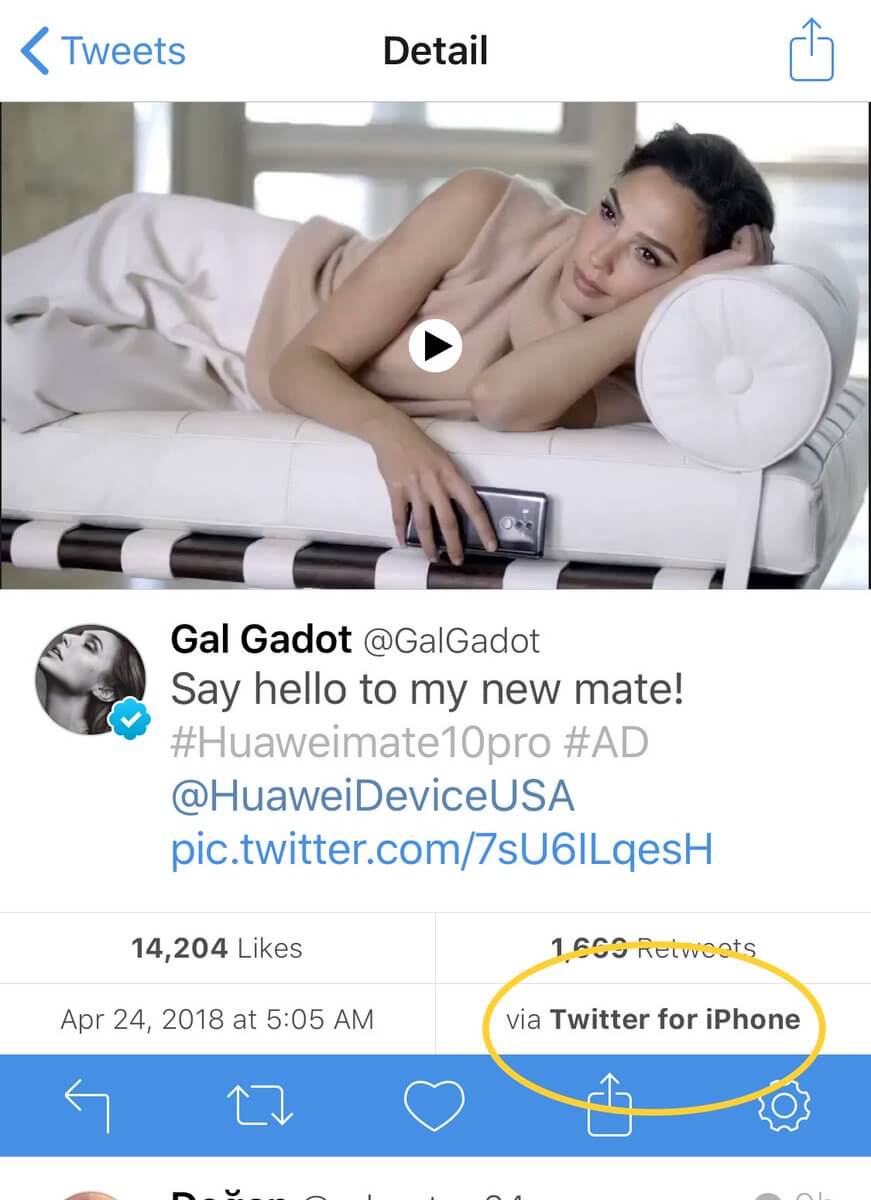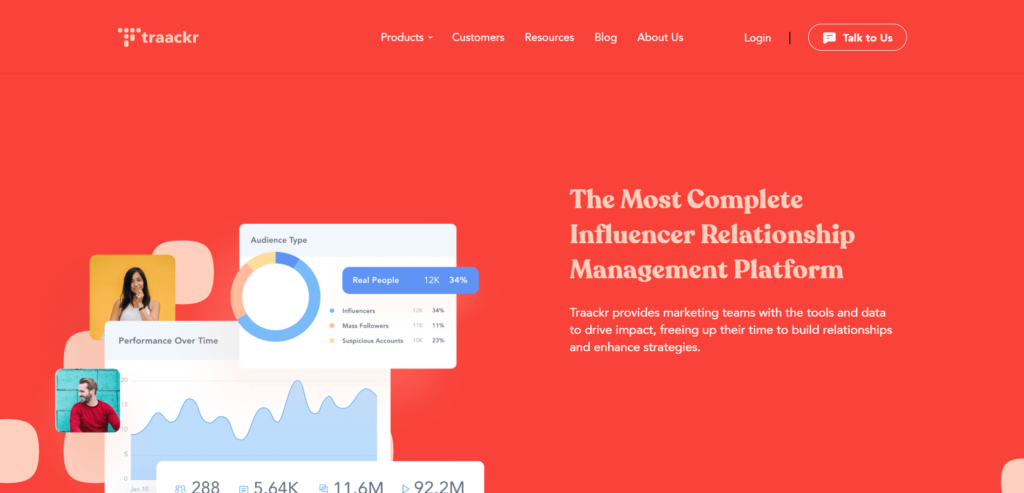We’ve seen a steady rise in influencer marketing over the past few years. Marketers are closely watching the trend, as it has become one of the best tactics for brands to connect with their target audiences.
The success of influencer marketing lies in the nature of the relationship influencers have with their followers.
When combined with strictly technical advantages like limited reliance on third- and first-party data, resistance to ad-blocking and a possibility of minimizing banner blindness, influencer marketing is a very attractive way for brands to promote their products and is on its way to becoming a fully fledged form of social media marketing.
Relevant tools and platforms are cropping up to make the process easier for brands and agencies, as well as for influencers.
In this post, we will trace the channel back to its origins.
The Fall of Celebrities
Originally, influencer marketing was reserved for big-name celebrities, but recent data and news confirm that the trend is on the decline. Consumers are more aware and discerning, and rarely fall for marketing tricks employed by big brands. They are more reluctant to buy a product only because the brand employed a popular movie star. While celebrities promoting products may be recognizable, they don’t enjoy the level of trust to justify the cost of endorsement.
We’ve seen examples like Beyoncé joining Michelle Obama’s campaign against childhood obesity – only to appear in a soda ad shortly after.
Another debacle involved Gal Gadot, a rising movie star (Wonderwoman, anyone?), who was picked by Huawei to be an ambassador for the brand.
The idea was simple at its core – to have her tweet regularly about how much she loved the camera in her new Huawei phone.

Unfortunately for Gadot, the web version of Twitter shows what client and device the tweet was really sent from (e.g. Twitter for iPhone, Twitter for Android, you get the idea), and she was discovered to regularly tweet Huawei-sponsored content from an iPhone.
Needless to say, the idea of advertising a product using a direct competitor does not sound like a great strategy.
Similar stories crop up every now and then, and while they seem like no big deal, there is an overwhelming vibe that celebrities are not to be trusted with product recommendations, no matter how respected they are otherwise.
This is one of the reasons why brands are increasingly turning to marketing via micro-influencers – people who are experts in their domain and have earned the respect of loyal followers.
The Rise of Homegrown Influencers
The focus steadily shifted away from celebrities towards regular people who are actually passionate about their specific niches. Many vloggers, podcasters and bloggers have grown to become professional, respected reviewers of products. Some micro-influencers have even become superstars with viewerships surpassing many mainstream media outlets.
Marques Brownlee, a prodigy YouTuber specializing in mobile phone reviews, has 8.8 million subscribers and well over 1.3 billion total video views today. For people like him, a well maintained channel is instrumental in not only communicating with fans and building audiences, but also in making a decent living.
As brands are looking for new ways to reach their audiences, influencers seem to be a perfect match. They have the domain expertise and big, loyal audiences who heed their opinions on various matters.
What’s more, influencer marketing simply pays off.
A study conducted by Tomoson shows that businesses using influencer marketing make $6.50 for every $1 spent, whereas the top 13% of brands earn $20 or more for every dollar.
Who Are Influencers Today?
Modern-day influencers are typically normal people who most people can relate to and possibly seek advice from.
However, when becoming massively famous by offering their opinions and expertise online, influencers must still be careful not to cross the so-called “trust threshold” – the point where their credibility falls apart and the audience begins to question their opinions.
This can happen when there are inconsistencies in product promotion – for example, when an influencer does not actually use the product that they enthusiastically hailed “the best money can buy” only a week ago.
While the long-tail influencers may not offer the reach of celebrities, they have a very coveted quality instead – unflinching trust of their audiences. They usually spend years earning the respect of their followers and very likely cannot allow themselves to ruin their relevance by advertising a bad product.
What Is an Influencer Marketing Platform?
An influencer marketing platform is a piece of software that assists brands in connecting with relevant influencers and coordinating influencer marketing campaigns from one place.
Some platforms require an opt-in from influencers, where the staff of the platform can vet them and check that they are genuine and willing to work with brands. Other platforms work more like agencies and proactively reach out to influencers.
Modern platforms offer relationship management, campaign management, influencer marketplaces, third party analytics, and influencer content amplification. The influencer management system provides tools for brands to manage all influencer relationships from one space; for example, they can create lists of suitable influencers for particular campaigns. They can then track the performance of their influencer campaigns and collaborate on content.
The Leading Influencer Marketing Platforms
Influencer marketing platforms come in all shapes and sizes. They usually offer a core set of functionalities, but each platform also tries to differentiate itself by offering something unique that others don’t have.
Choosing a platform should involve consideration of the price, features, and platform integrations.
Below we list some examples of popular influencer marketing platforms.




Final Thoughts
Influencer marketing can be a great channel, but efficient collaboration with bloggers, vloggers or podcasters comes with its own set of challenges.
A good platform makes the process less of a hassle.
The recent proliferation of influencer marketing platforms clearly shows that there is potential in the market, and developing a platform like that may prove to be a very lucrative opportunity.








